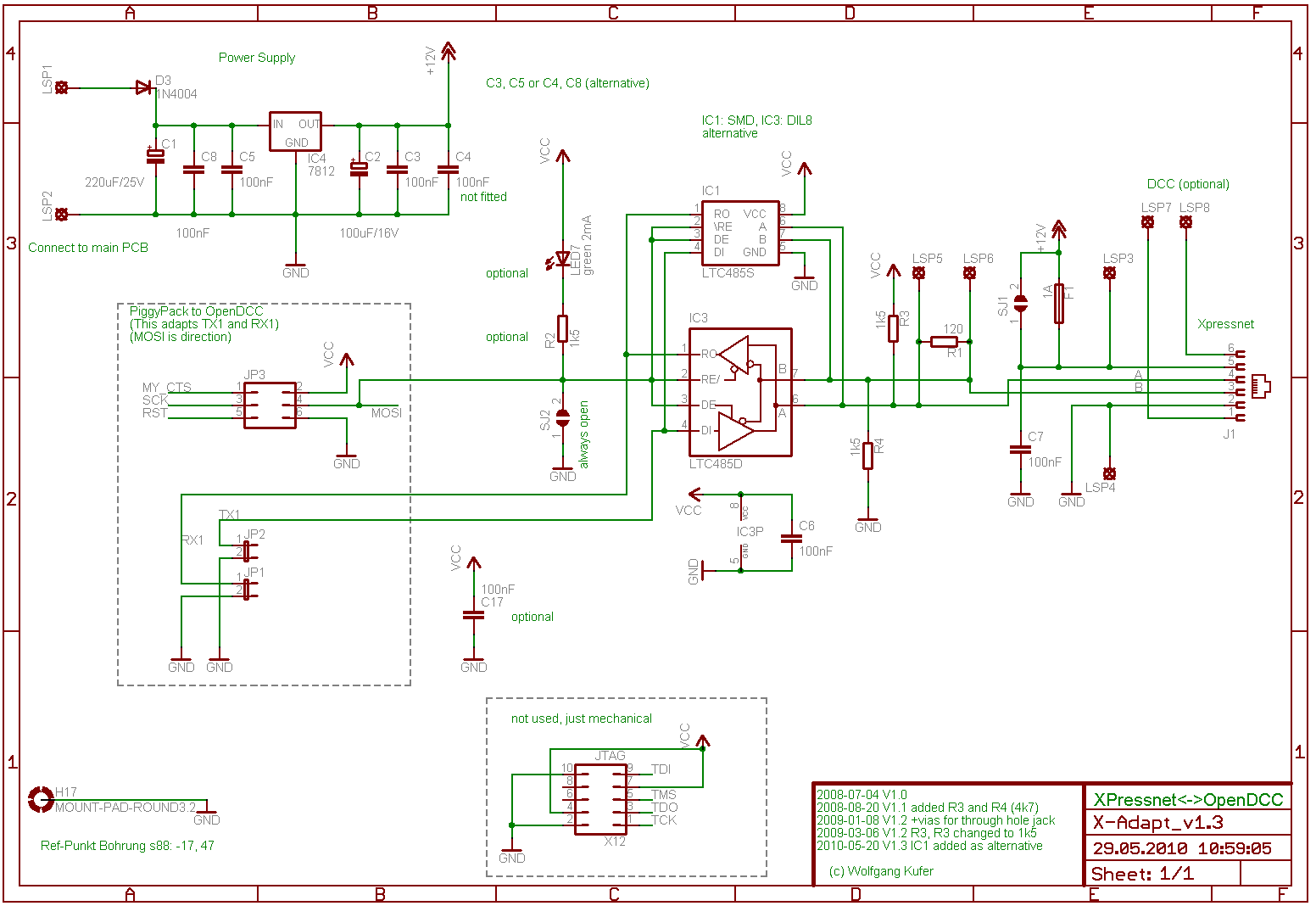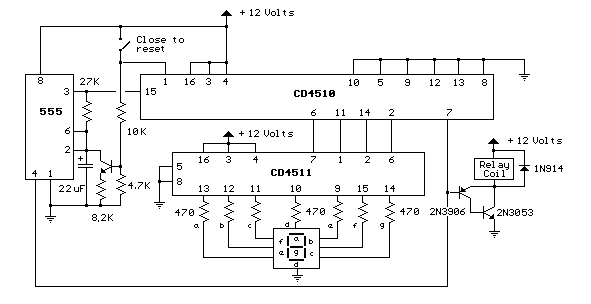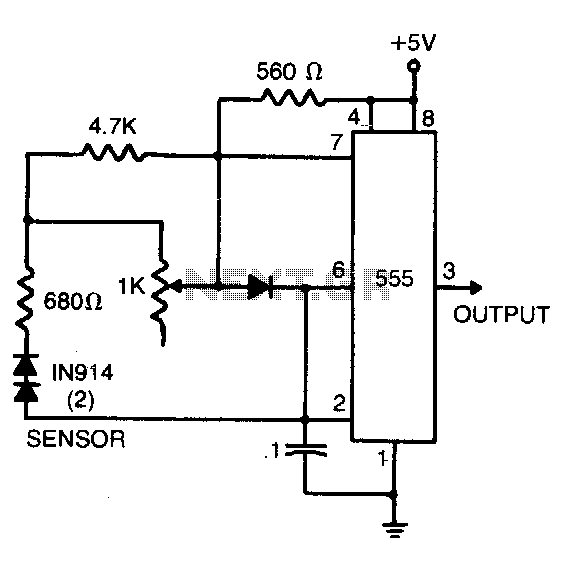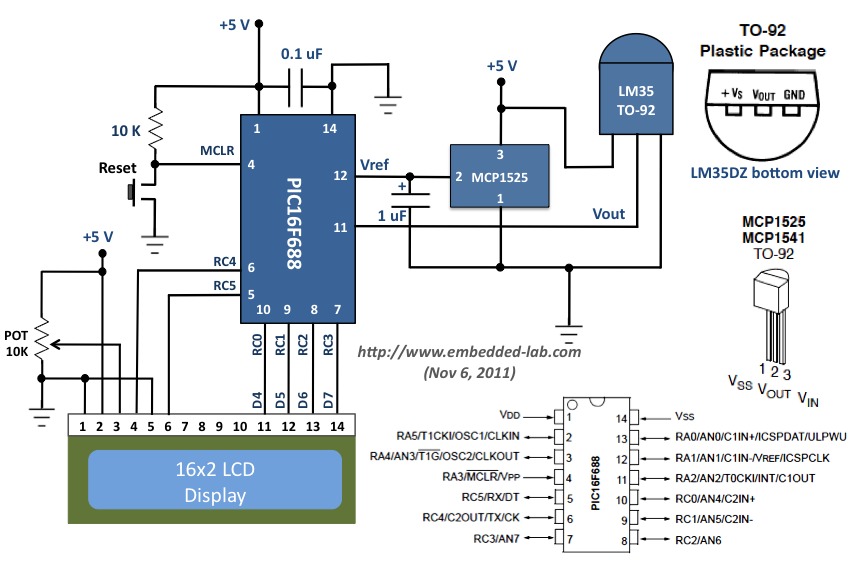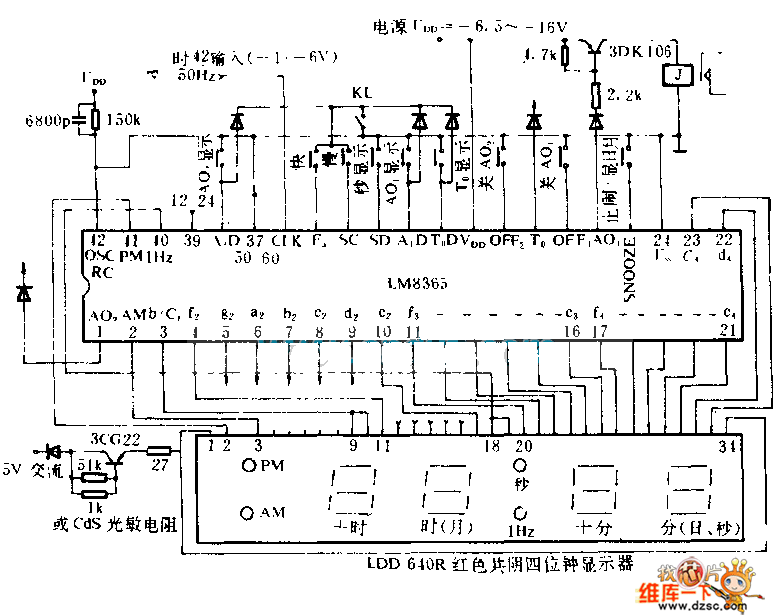
Digital Storage Oscilloscope Adapter
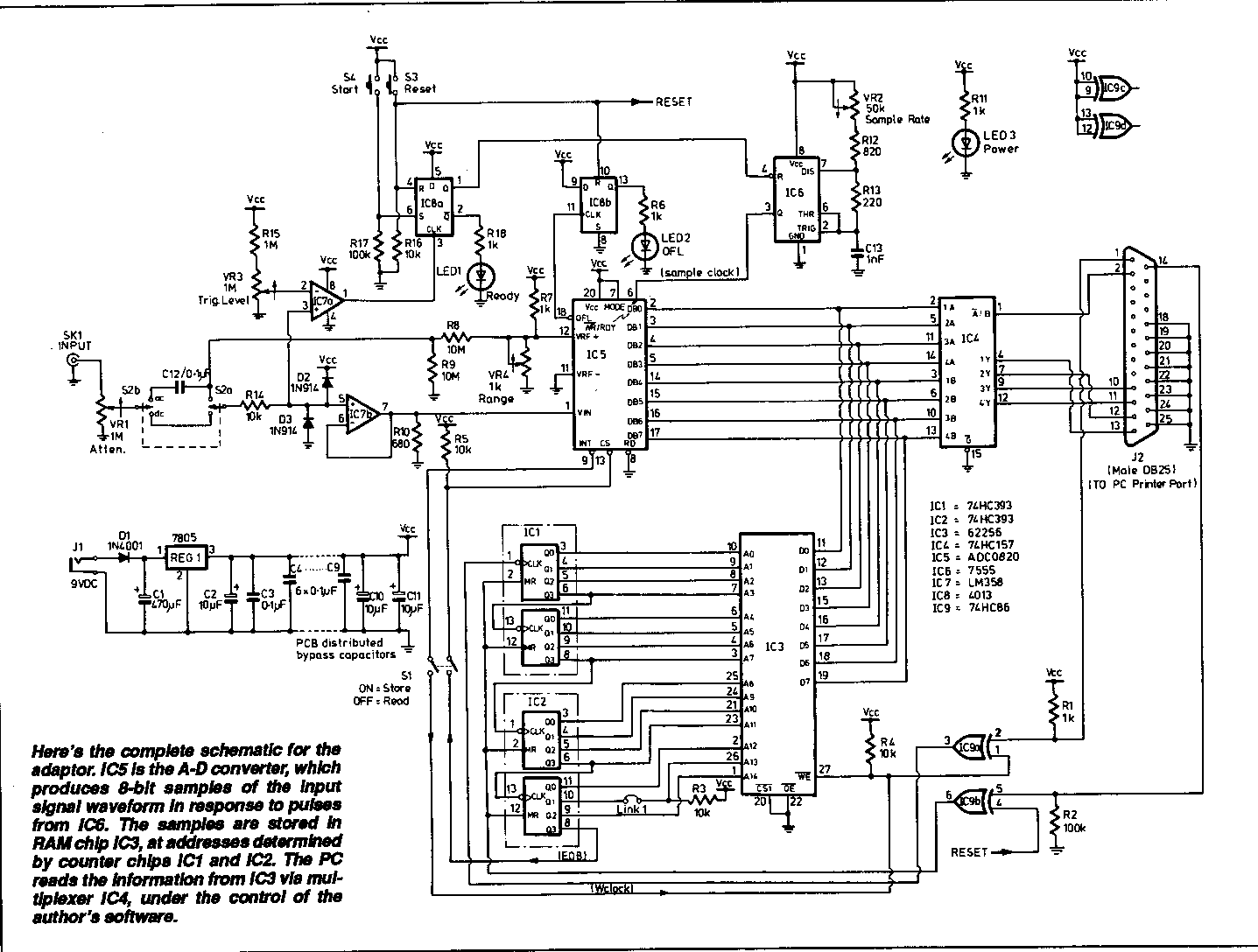
A digital storage oscilloscope (DSO) is a very important piece of test equipment that can do the jobs that a normal CRO just can't handle. Such as capturing single shot and widely spaced waveshapes, and looking at non-repetitive signals that can't be triggered on a CRO. More: Unfortunately, the cost of DSOs puts them out of the reach of a lot of people, which is why projects that convert a normal CRO into a DSO have always been popular. But these have a few limitations, the obvious one being that
A digital storage oscilloscope (DSO) is an advanced type of oscilloscope that digitally captures and stores waveforms for analysis. Unlike traditional cathode-ray oscilloscopes (CROs), which display continuous waveforms in real-time, DSOs can capture transient events, making them invaluable for analyzing non-repetitive signals and single-shot phenomena. The DSO achieves this by converting analog signals into digital data using an analog-to-digital converter (ADC), which allows for more complex signal processing and storage.
The architecture of a DSO typically includes several key components: an input stage, an ADC, a digital signal processor (DSP), and a display unit. The input stage often consists of differential amplifiers and filtering circuits to condition the incoming analog signal. The ADC samples the conditioned signal at high speed, converting it into a digital representation. The DSP processes this data, allowing for functions such as triggering, measurement, and waveform analysis. Finally, the processed data is sent to a display unit—often an LCD screen—where it can be viewed and analyzed by the user.
The conversion of a CRO into a DSO can be achieved through various methods, often involving the integration of an ADC and a microcontroller to handle data processing. However, these DIY solutions may come with limitations, such as reduced bandwidth, lower sampling rates, and limited memory depth compared to commercially available DSOs. Additionally, the implementation of digital storage capabilities may require significant modifications to the existing CRO hardware, which can pose challenges in terms of compatibility and performance.
Despite these challenges, the popularity of CRO-to-DSO conversion projects highlights the demand for affordable digital storage oscilloscopes. Enthusiasts and engineers often seek to enhance their existing equipment to meet modern testing requirements without incurring the high costs associated with commercial digital oscilloscopes.A digital storage oscilloscope (DSO) is a very important piece of test equipment that can do the jobs that a normal CRO just can`t handle. Such as capturing single shot and widely spaced waveshapes, and looking at non repetitive signals that can`t be triggered on a CRO.
Unfortunately the cost of DSO`s put them out of the reach of a lot of people, which is why projects that convert a normal CRO into a DSO have always been popular. But these have a few limitations, the obvious one being that 🔗 External reference
A digital storage oscilloscope (DSO) is an advanced type of oscilloscope that digitally captures and stores waveforms for analysis. Unlike traditional cathode-ray oscilloscopes (CROs), which display continuous waveforms in real-time, DSOs can capture transient events, making them invaluable for analyzing non-repetitive signals and single-shot phenomena. The DSO achieves this by converting analog signals into digital data using an analog-to-digital converter (ADC), which allows for more complex signal processing and storage.
The architecture of a DSO typically includes several key components: an input stage, an ADC, a digital signal processor (DSP), and a display unit. The input stage often consists of differential amplifiers and filtering circuits to condition the incoming analog signal. The ADC samples the conditioned signal at high speed, converting it into a digital representation. The DSP processes this data, allowing for functions such as triggering, measurement, and waveform analysis. Finally, the processed data is sent to a display unit—often an LCD screen—where it can be viewed and analyzed by the user.
The conversion of a CRO into a DSO can be achieved through various methods, often involving the integration of an ADC and a microcontroller to handle data processing. However, these DIY solutions may come with limitations, such as reduced bandwidth, lower sampling rates, and limited memory depth compared to commercially available DSOs. Additionally, the implementation of digital storage capabilities may require significant modifications to the existing CRO hardware, which can pose challenges in terms of compatibility and performance.
Despite these challenges, the popularity of CRO-to-DSO conversion projects highlights the demand for affordable digital storage oscilloscopes. Enthusiasts and engineers often seek to enhance their existing equipment to meet modern testing requirements without incurring the high costs associated with commercial digital oscilloscopes.A digital storage oscilloscope (DSO) is a very important piece of test equipment that can do the jobs that a normal CRO just can`t handle. Such as capturing single shot and widely spaced waveshapes, and looking at non repetitive signals that can`t be triggered on a CRO.
Unfortunately the cost of DSO`s put them out of the reach of a lot of people, which is why projects that convert a normal CRO into a DSO have always been popular. But these have a few limitations, the obvious one being that 🔗 External reference
Warning: include(partials/cookie-banner.php): Failed to open stream: Permission denied in /var/www/html/nextgr/view-circuit.php on line 713
Warning: include(): Failed opening 'partials/cookie-banner.php' for inclusion (include_path='.:/usr/share/php') in /var/www/html/nextgr/view-circuit.php on line 713
